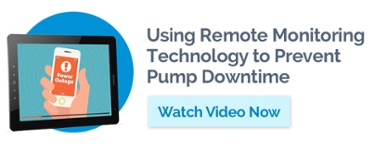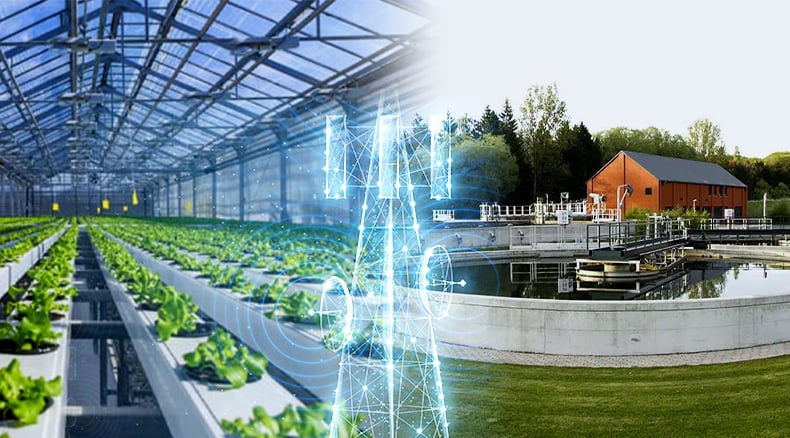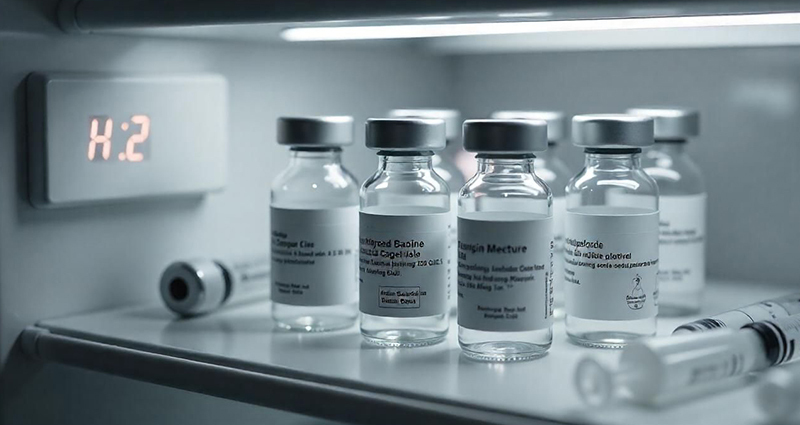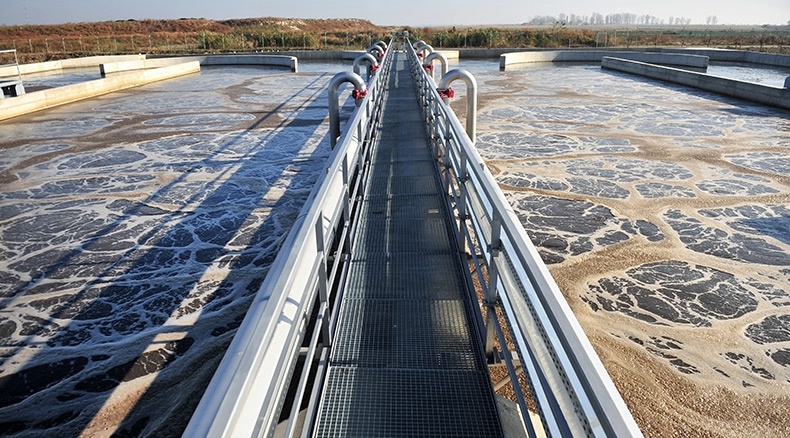 Systems for collecting wastewater and stormwater are complex. They include pipes, pumps, and controls to prevent wastewater from entering freshwater ponds, lakes, rivers, and streams.
Systems for collecting wastewater and stormwater are complex. They include pipes, pumps, and controls to prevent wastewater from entering freshwater ponds, lakes, rivers, and streams.
Lift stations serve a critical role for wastewater systems by moving wastewater to treatment plants stationed at higher elevations. Their operation also helps prevent flooding in areas prone to waterlogging.
As facility operators typically visit lift stations periodically, problems can occur between inspections. A remote monitoring system keeps track of lift stations 24/7, providing remote access to operations by computer and phone. Remote access is critical so personnel can detect and respond to problems when not onsite or after hours, especially after a heavy weather event that can cause power outages and disrupt service.
What are lift stations?
Lift stations help transport wastewater from lower to higher elevations through pipes. They are used in certain points of a sewage collection system when terrain does not allow a natural flow of sewage to the treatment plant. For example, a lift station may be used to lift sewage over a ridge and let it flow by gravity to a treatment plant.
These lift stations also save you money in excavation and equipment costs associated with constructing expensive and lengthy gravity sewer systems. They also reduce environmental and landscape effects in the area.
Elements of lift stations
Lift stations consist of a network of components including:- Wastewater receiving well (wet well)
- Pumps, piping and valves
- Motors
- Power supply
- Odor control system
- Ventilation system
- Sensors
- Emergency backup system
As lift station operation is automated, facilities don't require on-site operators. Assigned personnel typically conduct weekly inspections to remove debris and check pumps, motors and drives for unusual noise, vibration, heat, and leaks. They also may look for leaking discharge lines and check control panel switches, pump speed, suction, discharge rates, and pressure.
Manual inspections lead to problems
Manual inspections, however, may be challenging due to the number of lift stations, different parameters, limited staff, and sophistication of personnel to diagnose potential problems. A myriad of subsystems and conditions must be checked to identify potential problems to avoid breakdowns and inefficiencies. What are the chances that one is overlooked or information is misinterpreted or logged improperly?
Operators also may need to inspect multiple lift stations along with other duties. Depending on the size of the communities, municipal wastewater utilities might maintain hundreds of lift stations in remote locations. Small stations that handle less than 700 gallons per minute generally have two pumps, while larger lift stations with greater inflows use many more pumps. Municipalities need assurance that all of these remote pumps are working even though they have limited resources.
The need for remote lift station monitoring:
Between inspections, anything can go wrong. As lift stations operate on a 24/7 basis, problems can arise at any time. An issue undetected until the next inspection can cause a breakdown in your system with negative effects such as:
- Service disruptions
- Contaminated water
- Sewer overflows
- High energy costs
- High costs of pump maintenance
- Environmental impact caused by overflows
- Fines
The Federal Clean Water Act imposes fines for breaking U.S. pollution laws due to unauthorized discharge of pollutants into waterways. Overflows can happen due to storms, equipment failures, and poor maintenance.
A remote monitoring system can help ensure compliance and provide you with peace of mind by constantly monitoring different operating conditions continuously. Systems like the Sensaphone Sentinel provide cloud-based monitoring that gives you the freedom to monitor the status of different equipment and conditions through the convenience of a smartphone or computer.
Rather than operate on a reactive basis, your staff can detect issues early and resolve them before a problem affects operations. They can monitor the lift station site for power outages, pump cycles, sump level, on/off, and input/output pressure.
In addition to reducing maintenance costs, facilities can quickly respond to overflows, flooding, and wastewater incidents. Bottomline, a remote monitoring system can help solve problems before becoming catastrophes.
Immediate notifications of threats
A remote monitoring system also provides alerts via email or SMS to multiple contacts when readings are outside the norm of preset parameters. The remote monitoring system seamlessly integrates into floats, pump alarm outputs, level transducers, and other equipment. Sensors are available to monitor:
- Power failures
- Pump status
- Tank level
- Changes in pressure
- Temperature fluctuations
- Equipment malfunctions
- Flow rate
- Pump amperage
- Security breaches
Callout only devices
Serving as a simple callout device, a Sensaphone unit can be wired into the alarm contacts of the PLC, and, when the PLC identifies an alarm, the device alerts the appropriate personnel. Each alarm contact can be uniquely identified (e.g., wet well pump #1) so that personnel know the source of the problem before arriving on site.
Relying on the controller to send an alarm, however, can introduce several points of failure. Alternatively, if the PLC uses Modbus, the Sentinel Pro can extract sensor data directly from it and transmit information remotely in real-time for status updates, alarming, notifications, reporting, and data logging. It can also store readings in the cloud to protect against data loss and store information for future analysis.
Independent verification
Other sites use a Sensaphone system to independently verify conditions in remote or unattended locations. By using sensors to monitor wet well levels, temperature, flow, equipment malfunction, and power failure, operators can check the status of their station at any time by logging into a website or calling the device. Many devices also record data, which can be used to show compliance and analyze trends.
Automatic data logging
More sophisticated systems, like the Sentinel, offer data logging capabilities and unlimited information storage. This web-based monitoring system gathers data and pushes it to the cloud for alarming and reporting. Years of wastewater system data including operations of different pump stations can be securely stored in the cloud for trend analysis that can improve pump performance and optimize operations.
You can monitor multiple water and wastewater treatment locations through Sensaphone’s website or iPhone/Android app from login to get:
- Pump run-time reports
- Flow history
- Specific equipment status
- Alarm history
Update Outdated Monitoring Systems
Legacy landlines, auto-dialers, and radio-based telemetry systems are limited in scope and do not offer the depth of capabilities needed to ensure a compliant, secure, and efficient wastewater treatment operation.
Upgrading to a cloud-based monitoring system provides you with more reliable and better access to data regarding the different aspects of your lift stations -often through one point of contact or dashboard.
Today’s systems are also much less costly to install and maintain. They don’t require copper wiring or traveling to remote stations to manually monitor equipment and sensors.
These systems also make it easier to avoid fines and comply with the guidelines and requirements of the Clean Water Act as well as the Critical Infrastructure Protection (CIP) Act. In addition, they reduce costs associated with downtime and determine a better schedule of maintenance for greater system efficiency.
To get more information or help selecting the right system for monitoring your lift station or other applications, call our remote monitoring experts today.








